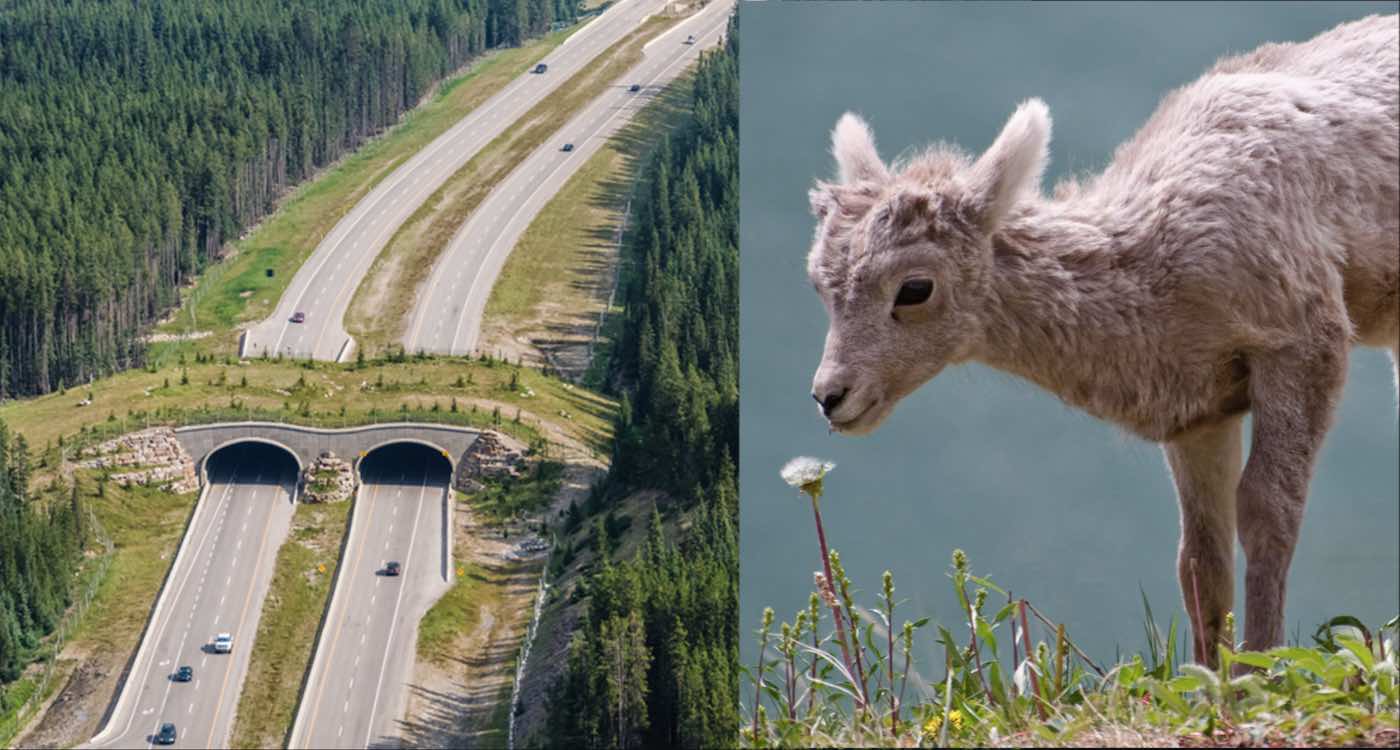Whatever happened to the Yukon to Yellowstone (Y2Y) wildlife corridor dream that was splashed across headlines years ago?
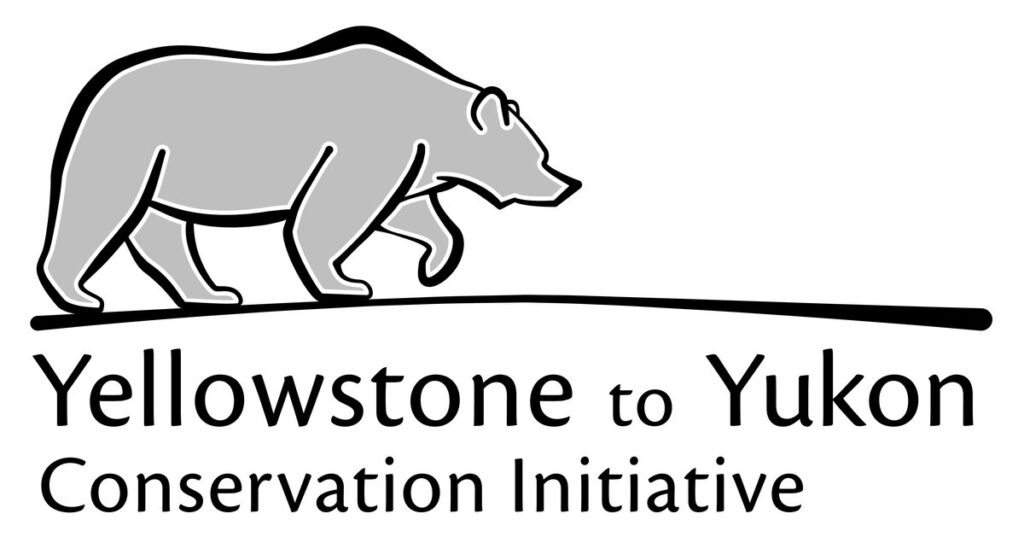
Conservationists’ dreams of a wildlife corridor stretching from the Yukon to Yellowstone (Y2Y) where “charismatic megafauna” like bears, wolves, and caribou can roam freely and have enough continuous undisturbed habitat to thrive is slowly becoming a reality thanks to the dogged determination of thousands of concerned individuals and over 450 partner groups behind them.
Since the project’s inception in 1993, green groups, indigenous groups and government agencies have worked together to preserve more than a half million square miles of the intermountain west for this project, with hopes of adding much more.
In August 2021, they further advanced the corridor in Montana securing a key habitat connection for grizzly bears after the Y2Y initiative purchased 80 acres (32 hectares) near the confluence of the Bull River and Clark Fork River.
The core of Y2Y is within the Rocky Mountains in Canada in British Columbia, but it expands into the Greater Yellowstone Ecosystem, and the Columbia Mountains of eastern B.C., as well.
Unlike other animal crossings, Y2Y is a large area across mountain ranges without a hard boundary. Since natural ecosystems are entirely interconnected, conservationists have drawn soft, flexible boundaries in conjunction with evolving patterns of seasonal movements by wildlife.
These untouched areas serve as safe highways for the diverse range of species to feed, breed and migrate without outside interference.
RELATED: World’s Longest Wildlife Bridge Could Cross the Mississippi, So ‘Buffalo Can Roam’
The green area below shows preserved land before 1993, while the large 2000-mile swath encircled shows the Y2Y corridor in 2018.
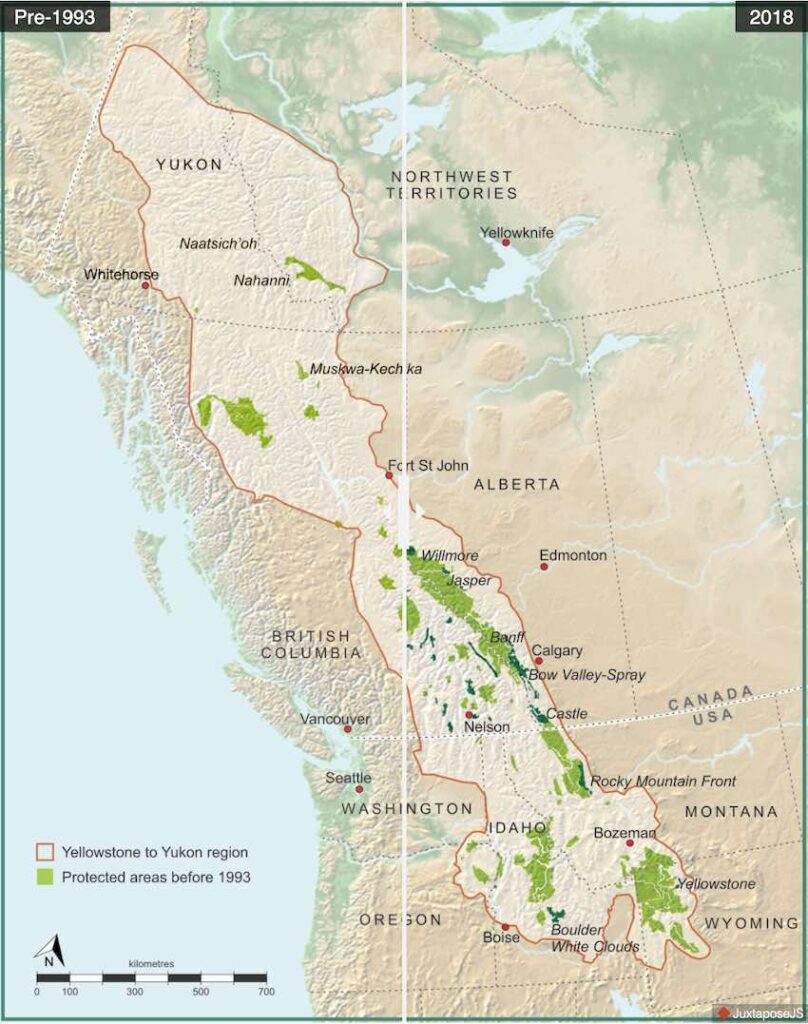
In other sections of the Y2Y region where development has been more commonplace, partner groups have worked to create wildlife-friendly infrastructure to facilitate crossings of roads and other man-made obstructions. They have also set up tracking mechanisms for some species to monitor their success.
“In 2020 alone, thanks to the generosity of our donors and funders, we spent more than $3.49 million—driven by 26 staff, but working with our many partners—to advance conservation in the Yellowstone to Yukon region, including 13 wildlife overpasses and underpasses underway that will support connectivity across roads,” says a Y2Y annual assessment.
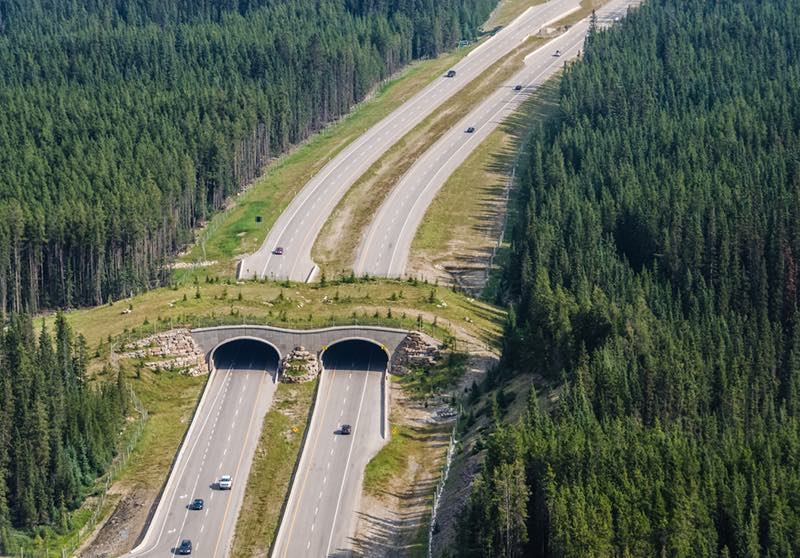
Meanwhile, other partners have been focused on acquiring real estate parcels that can be left in a natural state or converted back from development to be included in the animal-friendly network of corridors.
In the Y2Y region, conservationists and scientists have focused on the preservation of grizzly bears—an “umbrella” species. Since grizzly bears roam such an expansive area of land in search of food and mates, they play a central role in maintaining the healthy functioning of an ecosystem. Given the population declines and genetic diversity loss of the region, conservationists have especially pushed for wildlife corridors to alleviate the habitat loss and fragmentation among grizzly bears.
POPULAR: World’s Biggest Wildlife Crossing Will Protect Animals From Drivers on the 101 in Los Angeles
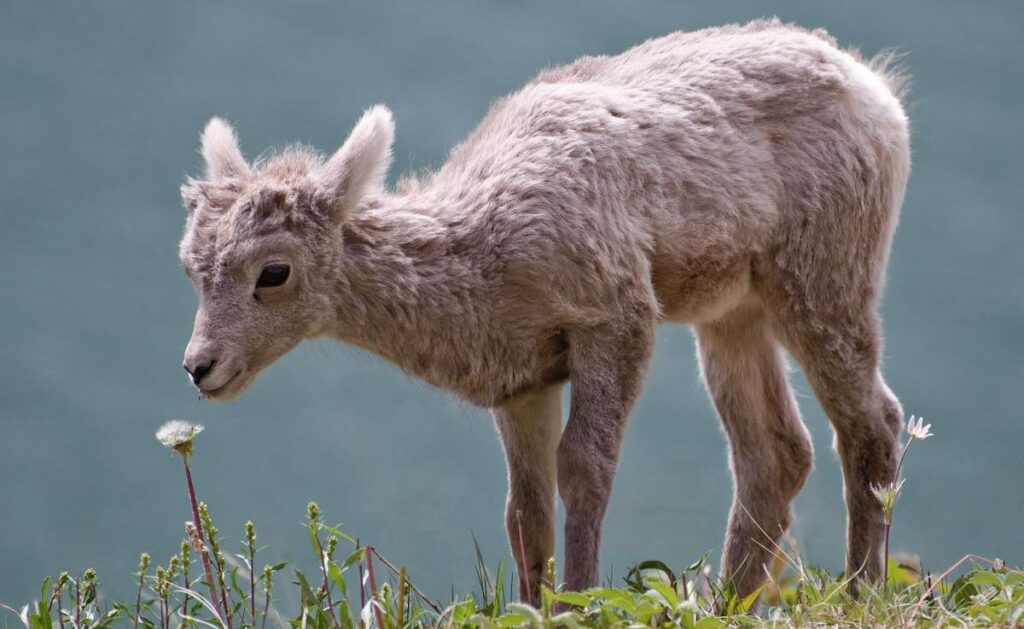
Achieving the Y2Y vision has not come easy. Much of the region stretches across private lands. To accommodate both humans and wildlife, conservationists have worked with private landowners to ensure safe passage for wildlife without interrupting human lifestyles.
Many oil, gas and mining projects also require access roads, which often cut through natural landscapes and degrade wildlife habitat.
While the Y2Y mission has come far in preserving the natural environments from Yellowstone to Yukon, the initiative calls for further collaboration from diverse communities.
MORE: Florida Just Enacted Sweeping Law to Protect Its Vast Wildlife Corridors – And Save Panthers
Whether it’s volunteering from local groups or partnerships with larger organizations, Y2Y aims to continue its vision of harmonizing a wild and wooly 2,000-mile swath of the North American West.
HELP This Good News Travel Widely –Share it on Social Media…
With editorial help from EarthTalk® and Emagazine.com, produced by Roddy Scheer & Doug Moss for the 501(c)3 nonprofit EarthTalk. To donate, visit Earthtalk.org. Send questions to [email protected].




















